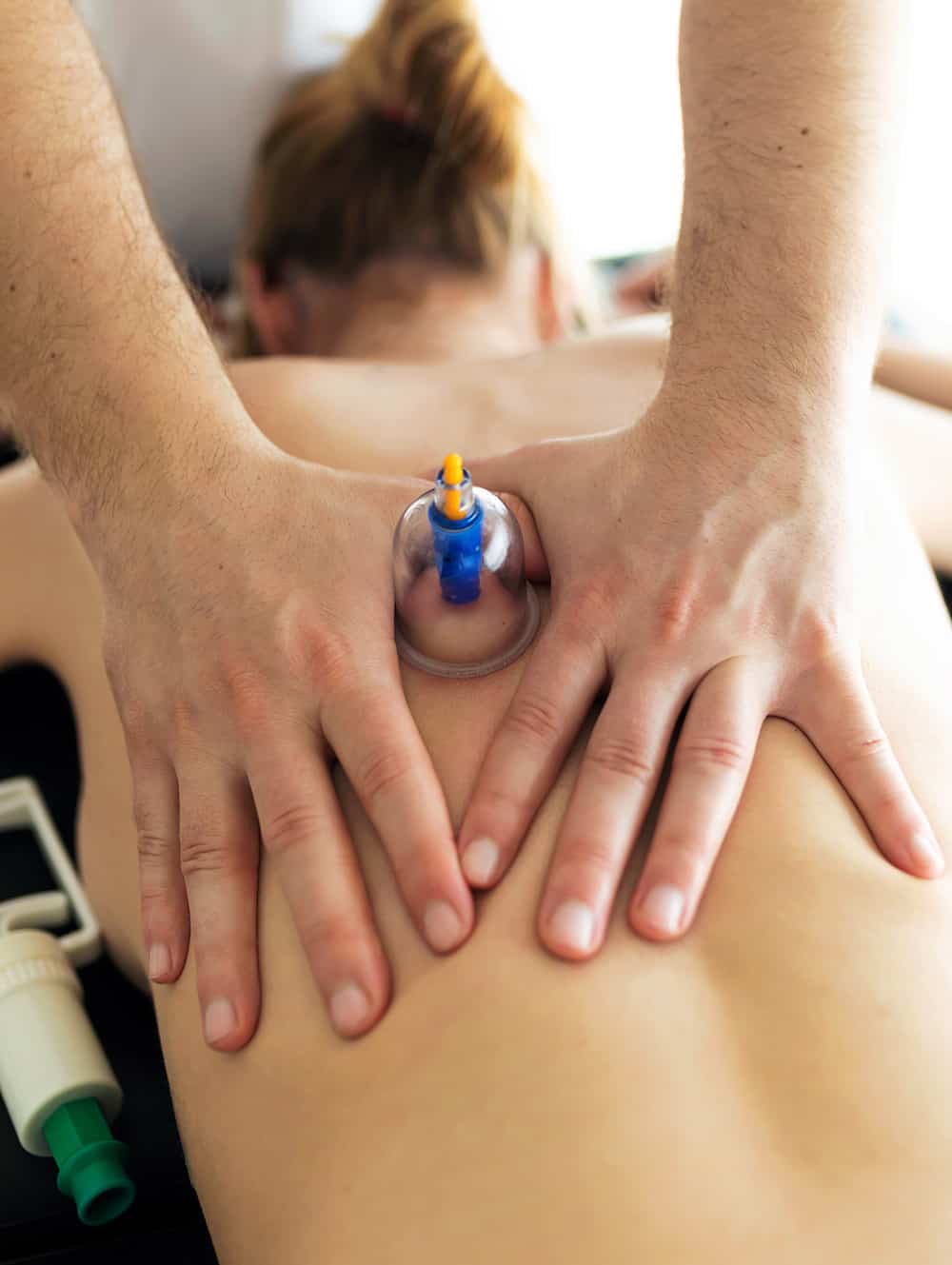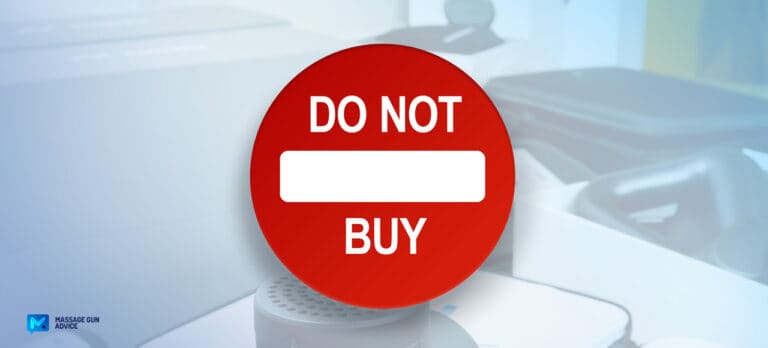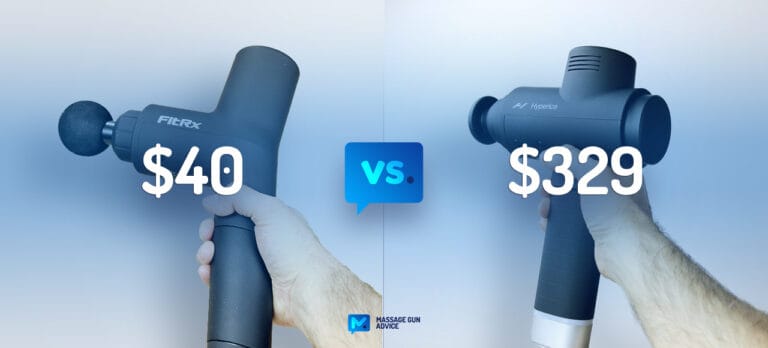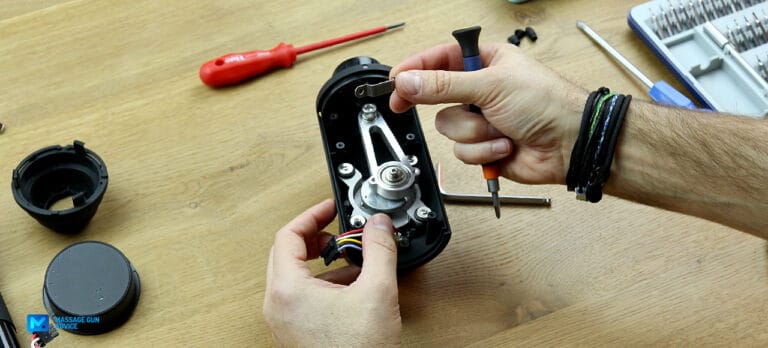What to Know: We independently review products we recommend. If you click on links we provide, we may earn a commission. Learn more.

What is a Decompression Massage? Understanding the Power of Pressure
Struggling with stubborn aches and pains? It might be time for a massage to help get you back on track.
When it comes to massage, there are plenty of options to choose from, but many people dealing with common problems like back and joint pain are opting for decompression massage – wait, what is a decompression massage?
While decompression massage isn’t a new technique by any means, it’s becoming more popular recently because it’s considered to be enjoyable, highly effective, and a nice alternative to traditional massage or standard cupping techniques.
To better understand decompression massage, let’s dive into the benefits, who should use it, and how it stacks up against other techniques for your overall health and wellness.
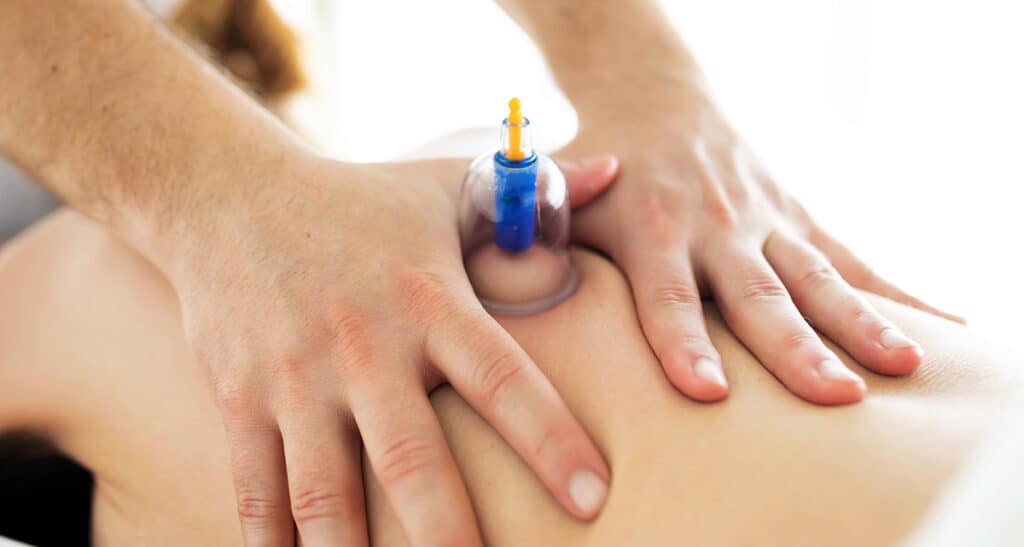
Understanding Decompression Massage
At its core, decompression massage is a collection of techniques focused on relieving muscle tension and improving tissue recovery through – you guessed it – decompression. This is typically done using suction cups that create negative pressure against the tissues of your body.
During a decompression massage, the suction cups used are in constant motion to lift and relax the layers of tissue underneath your skin. Similar to cupping therapy, this allows for an increase in blood flow to the area being treated, improved flow of nutrients, and faster removal of waste from tissues to address a number of issues 1.
Some of the techniques used in a decompression massage therapy session might include myofascial release (a technique used to relax tense muscles and fascia), trigger point therapy (a technique used to reduce sensitivity at a specific point in the body or “trigger point”), and relaxation techniques such as breath work or aromatherapy.
One common question we get after “what is a decompression massage” is “does a decompression massage hurt?”
While a decompression massage won’t hurt in most cases, your overall comfort will depend on the techniques chosen by your massage therapist and your personal tolerance for massage or cupping therapy.
Decompression Massage vs Deep Tissue vs Cupping
While decompression massage shares some similarities to deep tissue massage and modern cupping techniques, there are a few differences that set it apart.
Because deep tissue massage doesn’t use a suction device, all of the focus is on adding pressure to the area being treated. This is great for many purposes, but not so much for decompression or “lifting” layers of tissue as in decompression massage and cupping, which is often associated with benefits like improved muscle flexibility 2.
Although decompression massage and modern cupping techniques both use suction devices, cupping typically involves leaving the device in one place for an extended period of time. This often leads to the typical bruising or “octopus marks” that we often see athletes with after a cupping session.
Related

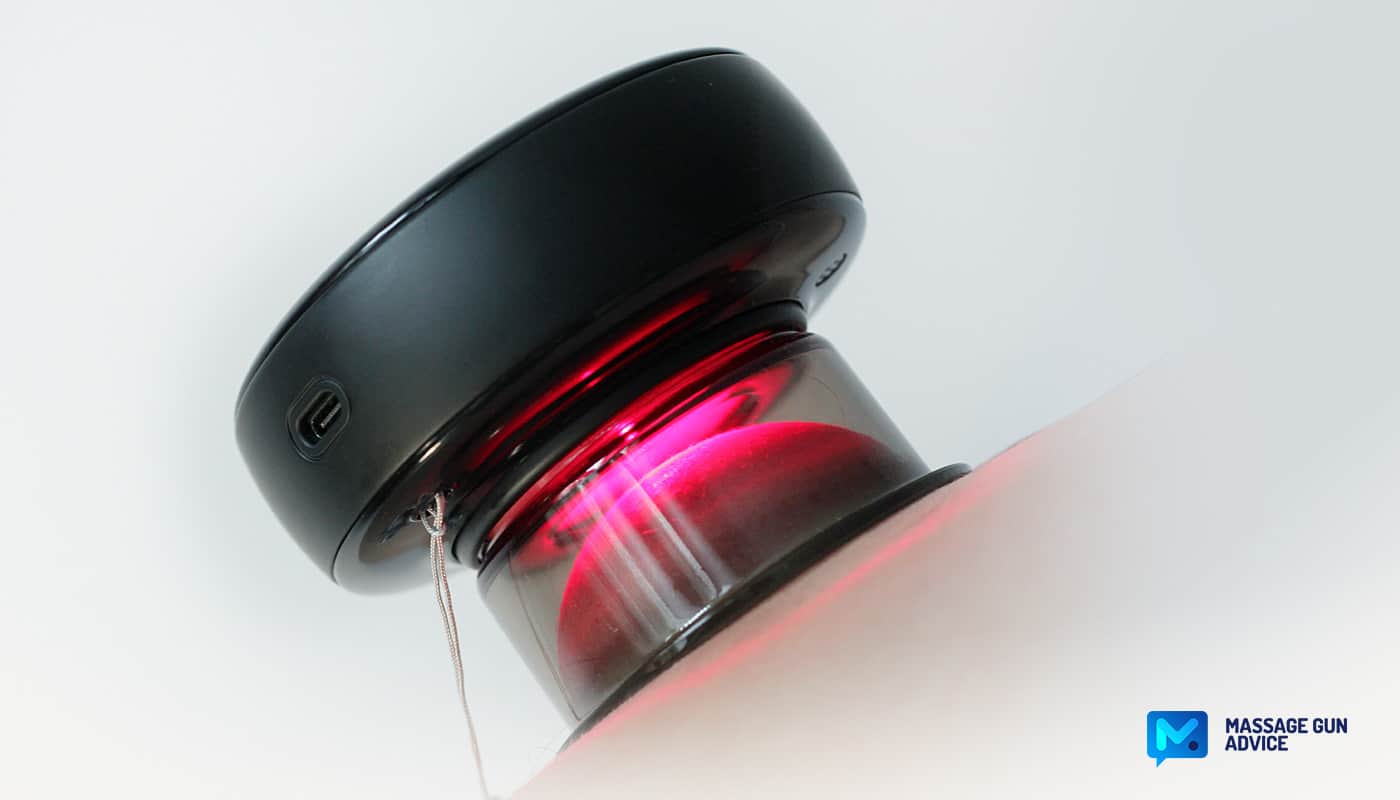
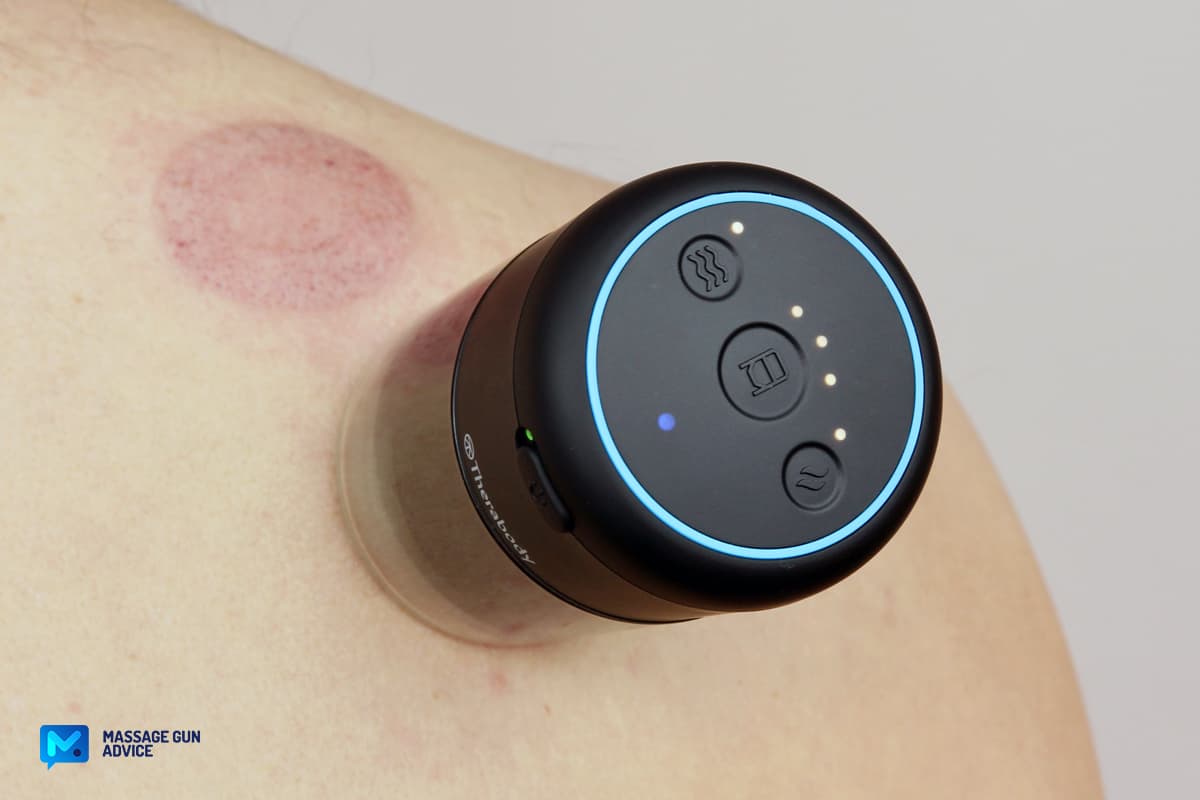
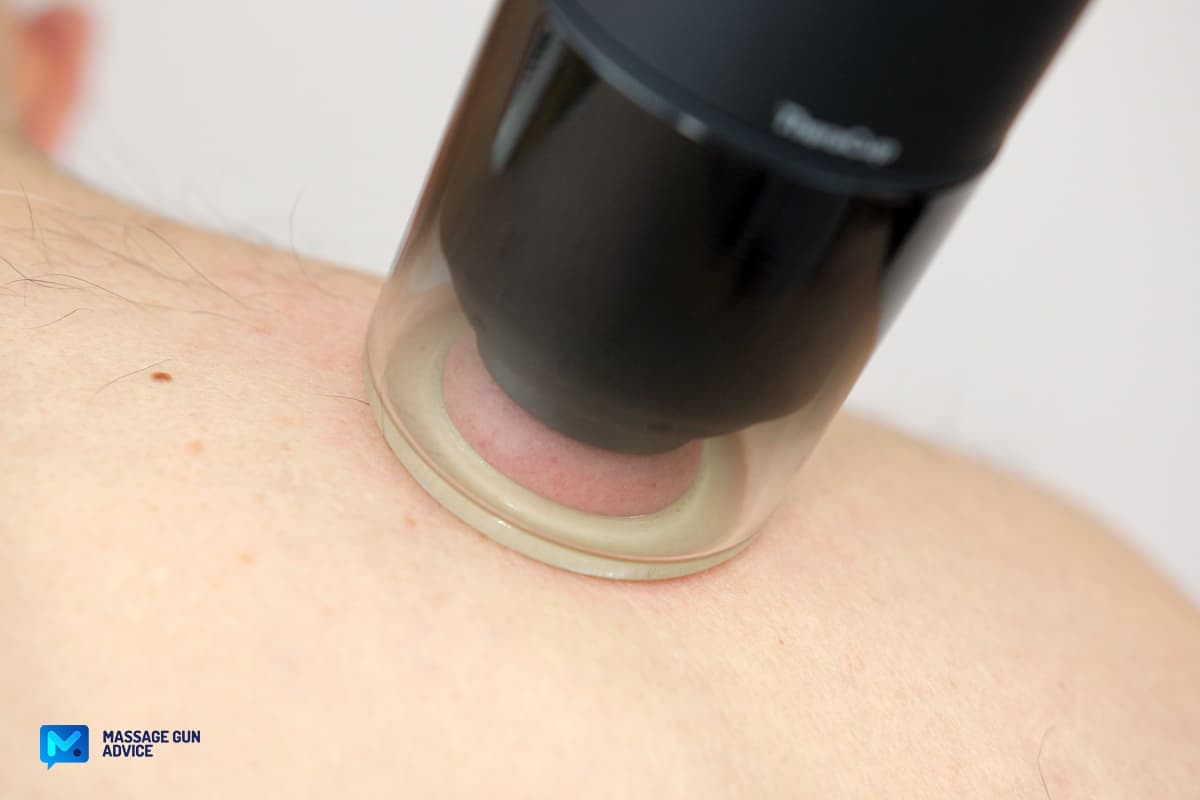
With decompression massage, you’re getting many of the benefits of cupping with a broader variety of techniques. This allows for your massage therapist to address a range of issues across different body regions using dynamic pressure from the suction device for a more soothing experience that is intended to be more enjoyable.
In short, decompression massage offers many of the benefits of using a suction device for massage without the bruising, is generally very comfortable, and may be a great option for those who aren’t looking for the hard-hitting nature of a deep tissue massage.
Decompression Massage Benefits – Beyond the Physical
It’s easy to get tunnel vision around the decompression massage benefits available for your muscles and joints, but this technique has a lot more benefits to offer than just the physical.
For starters, massage is a time-tested strategy for stress relief in the modern world. In the age of the internet, many of us live faster and more demanding lives than ever before with a seemingly endless amount of information to digest every day. Massage is a great way to slow down and relax your mind from everyday stressors, and managing your stress effectively can make a big difference in your daily life.
In addition to stress relief, massage therapy techniques such as decompression massage can be a helpful form of emotional release. Many of us with family and professional responsibilities can spend lots of time focusing on what needs to get done, but not so much on how we feel.
Massage therapy can help you feel more grounded in your physical body, more tuned into your emotions, and better able to express them – after all, who hasn’t shed a few tears after a great massage before?
Most importantly, taking the time to get a decompression massage means that you’re prioritizing self-care, an essential part of a balanced lifestyle for optimal health and wellness. When you take time to care for yourself, it’s easier to manage stress and enjoy a better quality of life 3.
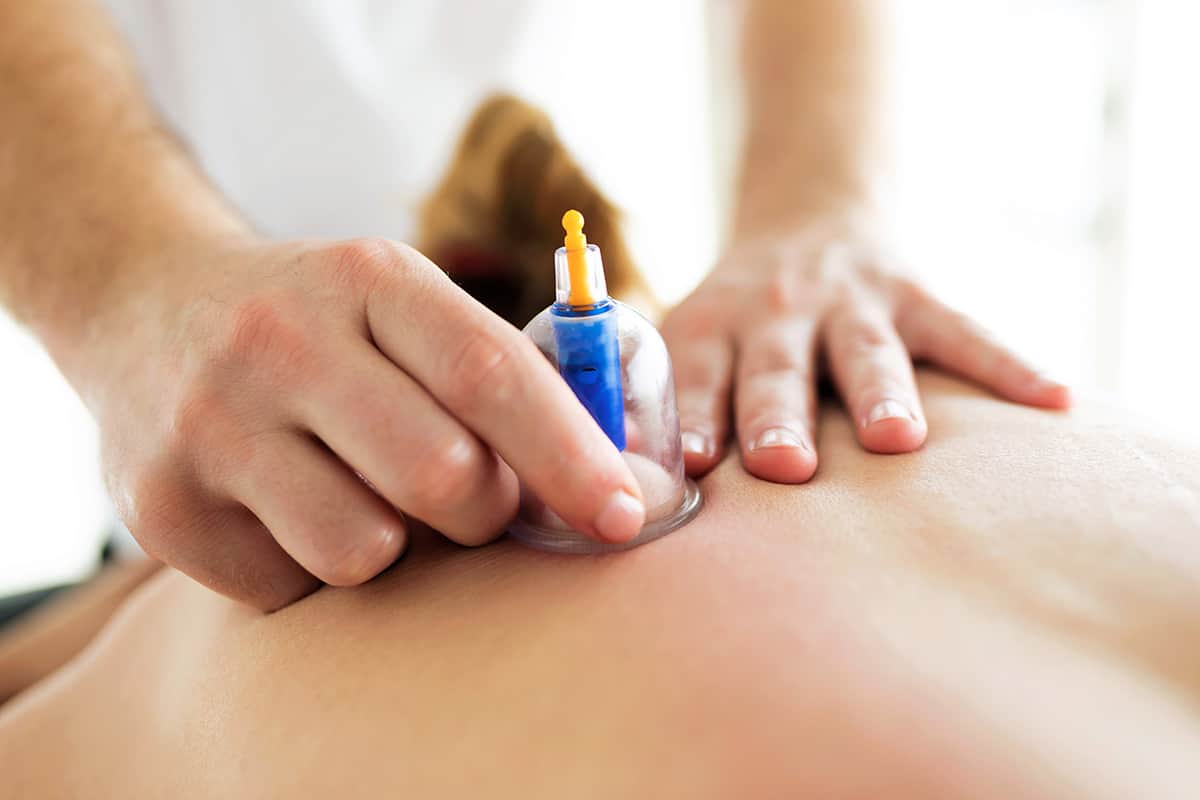
Who Stands to Benefit from Decompression Massage?
Another great thing about decompression massage is that it can benefit many different people, for example:
- Athletes looking for recovery options after a competition that can address many different physical and mental needs.
- Older adults who need practical, soothing treatments for chronic pain and progressive loss of mobility.
- Parents, laborers, and students who want to prioritize stress relief in their weekly routines.
Because decompression massage can incorporate different techniques to meet different needs, the benefits can be enjoyed by just about anyone, with a few exceptions:
- Those who have open wounds or sensitive skin that may break with the use of a suction device such as those used with decompression massage.
- Those who have a blood clotting disorder or recent history of a deep vein thrombosis (DVT) that could be disrupted by decompression massage.
- Women who are pregnant should always consult their physician before participating in new massage therapy or exercise of any kind.
Okay, so what will decompression massage actually look like?
What Else to Know – Preparing for and Aftercare
When preparing for your decompression massage, it’s best to start with an open mind and some level of curiosity to explore the benefits of the treatment fully. You’ll be trying something new, so it’s important not to arrive with your mind closed off to the potential physical and mental benefits of the treatment.
During your treatment, you can expect to be lying down or seated with the area being treated uncovered. To start, your therapist will apply and activate the suction device, which typically looks like an elongated bell, to the area being treated.
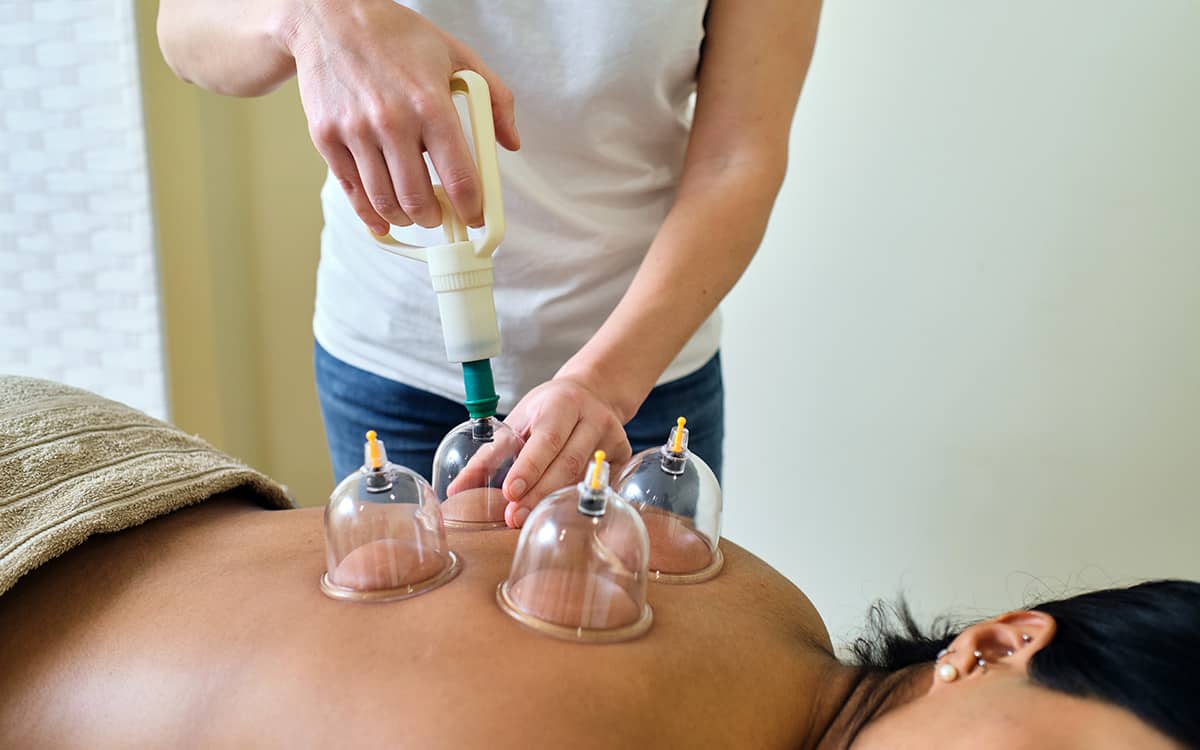
From there, your therapist will move the suction device around in different patterns and apply additional techniques as needed to promote relaxation and relieve muscle tension according to the rules of decompression massage therapy.
You should not feel pain during this treatment, but certain points may be uncomfortable depending on your current state and prior experience with massage therapy techniques.
Our Advice
Just like other forms of massage therapy such as deep tissue massage and cupping, it’s important to find a licensed massage therapist with experience in decompression massage to ensure the techniques are being used properly and safely.
While risks are typically low with this treatment, those with certain medical conditions (as mentioned earlier) should be especially careful to minimize their risk of any complications with decompression massage.
If you have any questions about decompression massage therapy, be sure to ask your primary care physician or physical therapist for more information.
Related Best deep tissue massage guns – experts weigh in.
Decompression Massage Therapy – Final Thoughts
Hopefully this effectively answers the question “what is a decompression massage?” with flying colors.
As a popular alternative to modern massage techniques like cupping, decompression massage offers some compelling physical and mental benefits that are definitely worth keeping in mind.
Whether you’re an athlete recovering from a competition, a senior citizen looking for practical pain relief, or a working mom with a high-stress job, decompression massage can be an effective way to address aches and pains in a soothing way that is highly customizable to your needs.
Thanks for reading!
References
- 1.Choi T, Ang L, Ku B, Jun J, Lee M. Evidence Map of Cupping Therapy. J Clin Med. 2021;10(8). doi:10.3390/jcm10081750
- 2.Warren A, LaCross Z, Volberding J, O’Brien M. ACUTE OUTCOMES OF MYOFASCIAL DECOMPRESSION (CUPPING THERAPY) COMPARED TO SELF-MYOFASCIAL RELEASE ON HAMSTRING PATHOLOGY AFTER A SINGLE TREATMENT. Int J Sports Phys Ther. 2020;15(4):579-592. https://www.ncbi.nlm.nih.gov/pubmed/33354391
- 3.Ali A, Rosenberger L, Weiss T, Milak C, Perlman A. Massage Therapy and Quality of Life in Osteoarthritis of the Knee: A Qualitative Study. Pain Med. 2017;18(6):1168-1175. doi:10.1093/pm/pnw217
Was this article helpful?
Post Update History
Here's a quick rundown of all the tweaks and edits we've made to this article to keep it accurate and up-to-date!
Current version.
Published on:
•
Written by:

Dr. Alex Stone, DPT, CSCS
Leave a Reply
Disclaimers
The views and opinions expressed on this website are those of the authors. Any content provided by our bloggers or authors is of their opinion and is not intended to malign any religion, ethnic group, club, organization, company, individual, or anyone or anything.
All product names, logos, and brands are the property of their respective owners. All company, product, and service names used on this website are for identification purposes only. Use of these names, logos, and brands does not imply endorsement.
Our policy is to make every effort to respect the copyrights of outside parties. If you believe your copyright has been misused, please provide us with a message stating your position, and we will endeavor to correct any misuse immediately.
Some of the links in this post may be affiliate links. If you click on the link and purchase the item, we may receive an affiliate commission at no extra cost to you. Learn more here.
